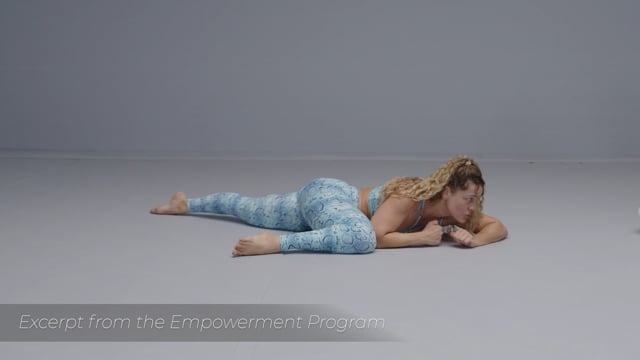What is the most feared injury for those who practice jiujitsu?
The most feared injury for those who have never trained is an easy guess, and may he throw the first roll of plaster who has never heard a beginner—or a father of a beginner—ask:
"Professor, in jiujitsu, do people have a way to avoid those swollen ears?"
But in the real world of the mat, the most frequent bruises can easily be avoided with a pinch of attention and high doses of caution.
For example:
Arriving at the gym on time and warming up the muscles and body is a simple and crucial item for the practitioner to avoid muscle contusions. Moreover, the student who arrives early does not miss the details of the position, and performs it more safely.
The second simplest and most effective precaution is to never resist a well-sunk technique, so as not to give yourself a pointless injury.
The third is to listen to the teacher and pay attention. Many masters often find that some of the silliest injuries occur when the student is resting inattentively, with hands dropped on the floor and legs stretched out while classmates are rolling around. Back to the wall and a keen eye are recommended.
The fourth prevention? Cut your nails.
To Master Rickson Gracie, however, none of this guarantees that the novice white-belt is armored in the academies around the world. This is because the vast majority of schools have a policy of allowing sparring of white-belts against white-belts. This is the exact time when teaching goes out of the picture and chaos enters.
"When the student comes to the gym for the first time and learns a technique, he falls in love. There's no one who doesn't enjoy learning jiujitsu," Gracie ponders.
"The crux of the matter," continues Master Rickson, "is when the instructor calls the student and asks him to lie down, and calls another and asks him to mount. 'You, hold the mount!' 'You lying down, try to escape!' There, at that point we unleash the beasts. The instincts are unleashed and nature is a little out of control. And none of this depends on the nature of the white-belt: that confrontation naturally opens the door to a slightly rougher movement, to an uncomfortable grip, to an unpredictable aggressiveness for them. Some enjoy the excitement and come back. Most never return."
Rickson's solution is simple, yet revolutionary: white-belts train WITH their friends, not against. The secret to no one getting hurt in the first few months, and to gyms not scaring away students, is to train each position in detail and learn as much as possible from the instructor and the training partner. But a partner who helps the beginner white-belt, and not one who tries to rip his head off. It's about learning in the gym, not going there to fight.
Below, watch Rickson Gracie during a little mount training, and learn from the master how to avoid a very common injury among beginners. Oss...


Comments
I always say at the beginning of class, "the person who is least tired at the end of this, wins."
I also try to emphasize that this is a SCHOOL, and we're all here to LEARN.
Thanks so much for the incredible knowledge, Master Rickson. - Jared, StoutPGH Renzo
My greatest improvements began when I started rolling to learn--not to "win." Check your ego at the door. When in doubt, tap. Enjoy and have fun. Improvement will follow, w/out injury.